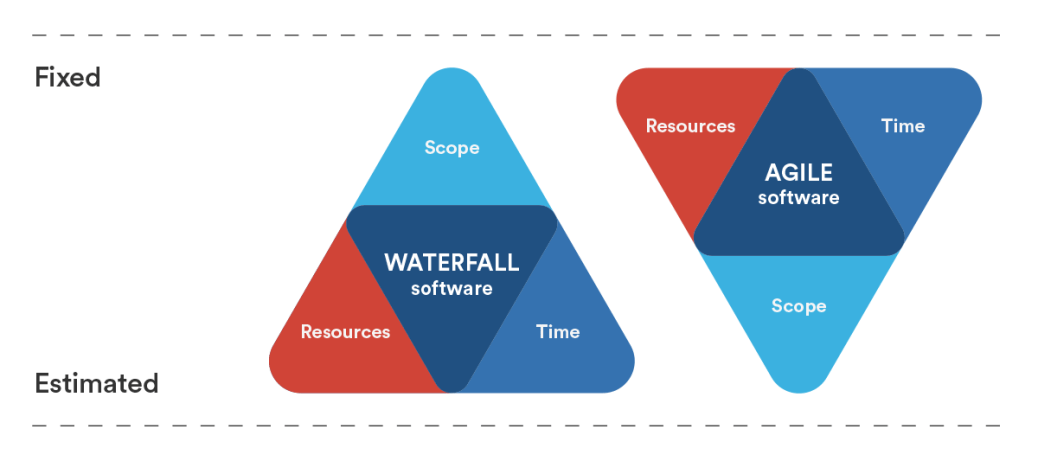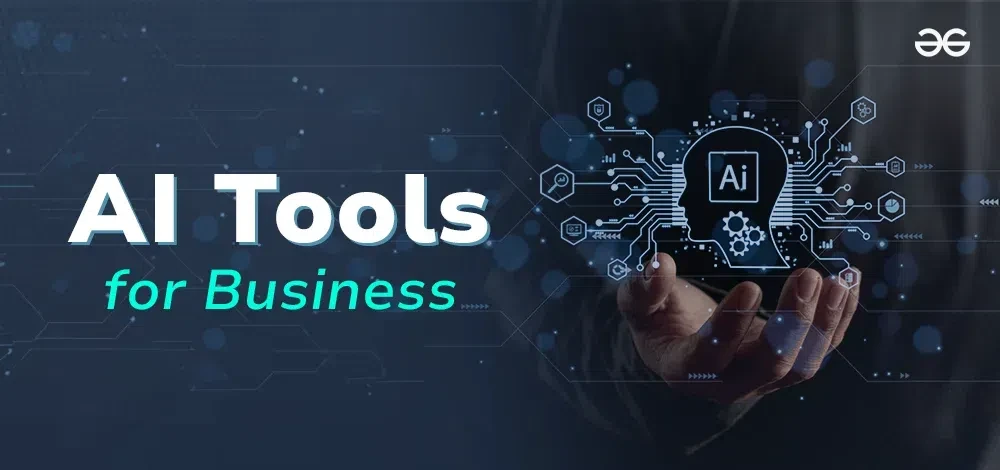
Agile vs. Waterfall: Which Methodology is Right for You?
- 0
When it comes to software development, choosing the right methodology can make all the difference in the success of a project. Two popular methodologies that are often employed in the tech industry are Agile and Waterfall. Each methodology has its own set of strengths and weaknesses, and understanding the differences between the two can help you make an informed decision on which approach is best for your project.
What is Agile?
Agile is a flexible and iterative approach to software development that focuses on delivering small, incremental updates to a project. This methodology is characterized by its emphasis on collaboration, adaptability, and continuous improvement. Agile teams work in short, time-boxed iterations called sprints, and often use tools like Kanban boards and daily stand-up meetings to keep track of progress and communicate effectively.
Advantages of Agile:
Rapid response to changes in requirements
Increased collaboration and communication among team members
Quick delivery of working software
Regular feedback from stakeholders
Disadvantages of Agile:
Can be challenging to implement in larger organizations
Requires a high level of involvement and commitment from team members
May result in scope creep if not managed effectively
What is Waterfall?
Waterfall is a linear and sequential approach to software development that follows a rigid process of planning, designing, coding, testing, and deployment. This methodology is characterized by its structured and predictable nature, with each phase of the project completed before moving on to the next. Waterfall teams often create comprehensive documentation and detailed project plans to guide their work.
Advantages of Waterfall:
Clear and defined project milestones and deliverables
Predictable timeline and budget estimation
Well-suited for projects with stable requirements
Minimal client involvement once requirements are gathered
Disadvantages of Waterfall:
Limited flexibility to adapt to changing requirements
Risk of delivering a final product that does not meet stakeholder expectations
May result in longer development cycles due to lack of feedback
Which Methodology is Right for You?
Ultimately, the choice between Agile and Waterfall will depend on the specific requirements and constraints of your project. If you are working on a project with evolving requirements, frequent changes, and a need for rapid delivery, Agile may be the better choice. On the other hand, if you are working on a project with well-defined requirements, a fixed timeline, and a focus on predictability, Waterfall may be more suitable.
It’s worth noting that many organizations today are adopting a hybrid approach to software development, combining elements of both Agile and Waterfall to create a customized methodology that best meets their needs. Whichever methodology you choose, the key to success lies in effective communication, collaboration, and a focus on delivering value to your stakeholders.
Ultimately, the most important thing is to stay agile (no pun intended) and be willing to adapt and evolve your approach based on the unique challenges and opportunities that arise throughout the course of your project.

